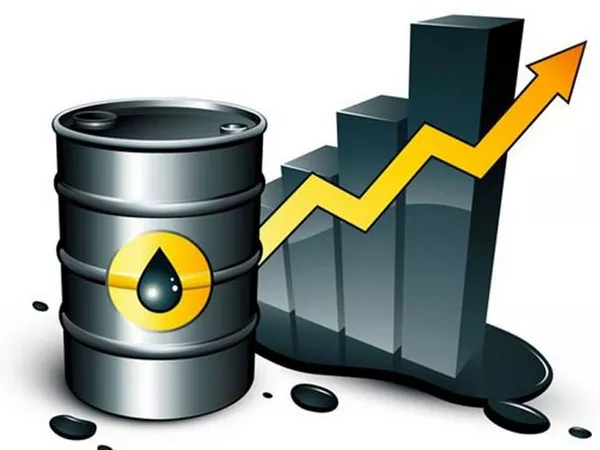Futures trading is a cornerstone of modern financial markets, providing investors with opportunities to hedge risks, speculate on price movements, and participate in various asset classes. In this article, we will delve into the fundamentals of futures trading, exploring its mechanics, purposes, and implications. Through a detailed example, we will elucidate how futures contracts work in practice, shedding light on their role in shaping market dynamics and facilitating price discovery.
Understanding Futures Trading
Futures trading involves the buying or selling of standardized contracts that obligate parties to buy or sell an underlying asset at a predetermined price and date in the future. These contracts are traded on organized exchanges, providing liquidity and transparency to market participants. Unlike forward contracts, which are customized agreements between two parties, futures contracts are standardized and can be easily bought or sold on an exchange.
Purpose and Participants
The primary purpose of futures trading is risk management. Hedgers, such as farmers and manufacturers, use futures contracts to mitigate the impact of adverse price movements on their businesses. By locking in future prices through futures contracts, hedgers can protect themselves against unexpected fluctuations in the prices of commodities, currencies, or financial instruments.
Speculators also play a crucial role in futures markets. These traders seek to profit from price changes by taking positions in futures contracts without any intention of taking delivery of the underlying asset. Speculators provide liquidity to the market and contribute to price discovery by incorporating new information and expectations into futures prices.
Mechanics of Futures Contracts
Futures contracts specify several key elements:
Underlying Asset: The asset that the futures contract represents, such as commodities (e.g., crude oil, gold), financial instruments (e.g., stock indices, interest rates), or currencies (e.g., EUR/USD, JPY/USD).
Contract Size: The quantity of the underlying asset covered by one contract.
Contract Expiry: The date on which the contract expires, also known as the delivery date.
Contract Price: The price at which the underlying asset will be bought or sold on the delivery date.
Margin Requirements: The amount of money that traders must deposit to initiate and maintain a futures position.
Example: Trading Crude Oil Futures
To illustrate the mechanics of futures trading, let’s consider an example involving crude oil futures.
Scenario: Suppose an oil producer anticipates an increase in crude oil prices but wants to hedge against potential downside risk. The producer decides to enter into a crude oil futures contract to lock in a favorable price for future delivery.
Step 1: Contract Selection
The producer selects a crude oil futures contract traded on a commodity exchange. Each contract represents 1,000 barrels of crude oil.
Step 2: Contract Specifications
The chosen futures contract has the following specifications:
Underlying Asset: Crude Oil (Light Sweet)
Contract Size: 1,000 Barrels
Contract Expiry: June 2024
Contract Price: $70 per barrel
Margin Requirement: $5,000 per contract
Step 3: Initiating the Position
The producer buys one crude oil futures contract at the prevailing market price of $70 per barrel. Since each contract represents 1,000 barrels, the total contract value is $70,000.
To initiate the position, the producer must deposit an initial margin of $5,000 with the broker.
Step 4: Monitoring the Position
As the expiry date approaches, the producer monitors crude oil prices and assesses market conditions. If prices rise as anticipated, the producer can sell the futures contract at a profit, thereby offsetting any losses incurred in the physical market.
Conversely, if prices decline, the producer’s futures position will provide a hedge, as the losses in the physical market will be partially offset by gains in the futures market.
Conclusion
Futures trading is a vital component of global financial markets, serving diverse purposes for participants ranging from hedgers to speculators. By understanding the mechanics of futures contracts and their implications, investors can effectively manage risk, capitalize on opportunities, and contribute to market efficiency. As demonstrated through the example of crude oil futures, futures trading enables market participants to navigate price volatility and safeguard their interests in an ever-changing economic landscape.


